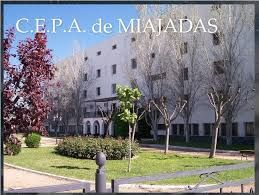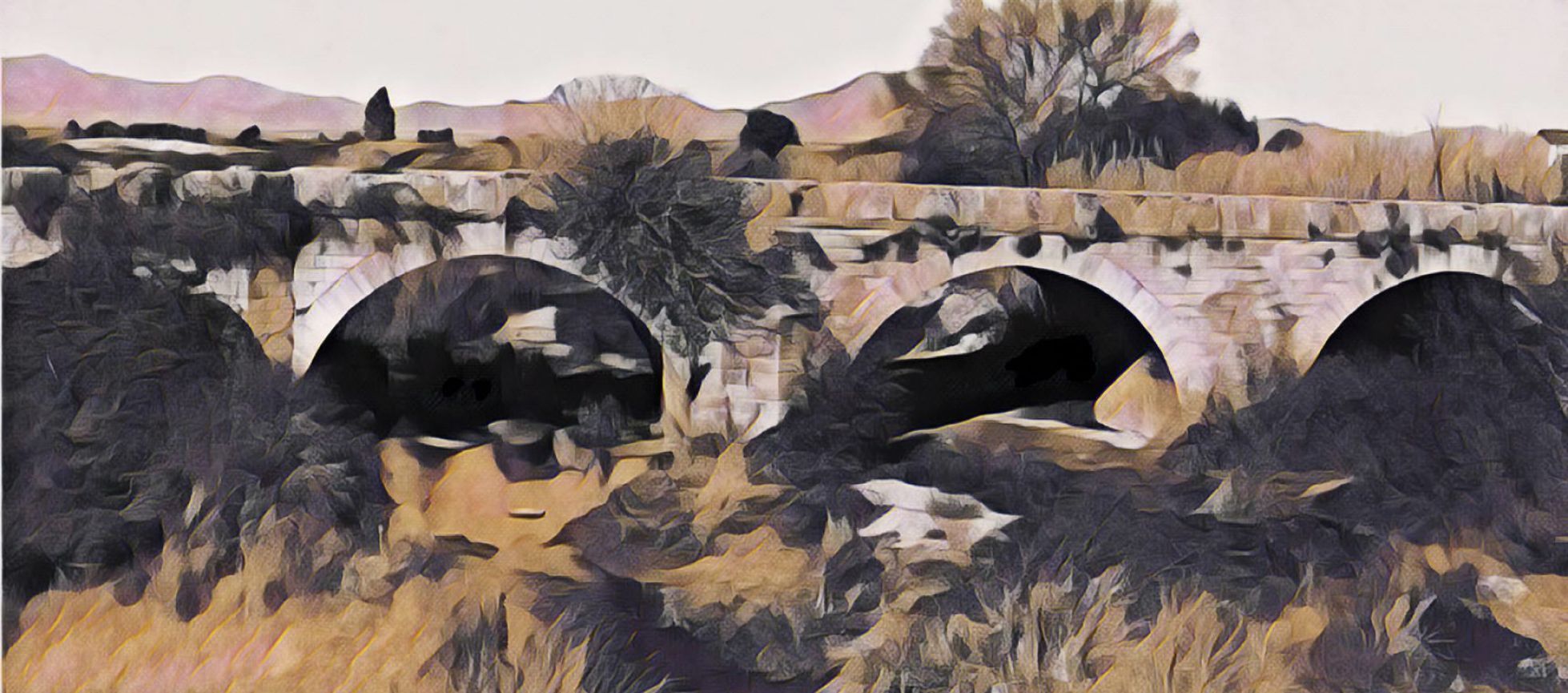Fragments from LETTERS WRITTEN DURING A SHORT RESIDENCE IN SPAIN AND PORTUGAL by Robert Southey (1797)
PREFACE.
In the following letters I have related what I have seen. Of the anecdotes with which they abound, there are none of which I myself doubt the authenticity. There are no disquisitions on commerce and politics; I have given facts, and the
Reader may comment for himself. The book is written with scrupulous veracity; I have never in the slightest instance enlivened the narrative by deviating from plain truth.
I have represented things as they appeared to me. If any one better informed than I am should find me erroneous, I shall beg him to apply this story: A friend of mine landed at Falmouth with a Russian who had never before been in England. They travelled together to Exeter; on the way the Russian saw a directing-post, of which the inscription was effaced. “I did not think till now (said he) that you erected Crucifixes in England.” His companion rectified the error, and seeing close by it the waggon direction, “take off here,” he added—“had you returned home with this mistake, you would have said not only that the English erected Crosses by the wayside, but that stones were placed telling the passenger where to take off his hat, and where it was permitted him to put it on again.”
LETTER XIII (page 177)
Monday, Jan. 18.
At Truxillo we once more saw English plates; but we could procure no kind of provision there, not even an egg—the Court had demolished all. The common earthen pitchers are better turned, and apparently of better materåls than any I have seen in England. The town, formed a fine object as we looked back upon it; the ruins of many outworks are visible; the ground is rocky, and broom grows among the stones luxuriantly in blossom. It soon became swampy, and presented to the eye as drear a prospect as the roads in Cornwall. We passed by the mountain of Santa Cruz, which we had seen yesterday ten leagues distant from the Puerto de Mireveti. It is the boldest mass I ever saw of abrupt rocks interspersed with cultivated spots and olive yards; at the bottom is a village with a convent.
As we entered the village Puerto de Santa Cruz, where we dined, the people came round us to know if we were the Cavaliers come to pay the King’s debts. Here we bought a very favourite, and indeed a very excellent dish of the Spaniards; it is lean pork highly seasoned with garlic, and steeped in red wine. The entrance to the inclosures here is by a doorway in the wall covered with a large stone and half filled up with stones. So fond are these people of ornaments that an old woman here who would make Sycorax lovely by comparison, is decorated with earrings and a necklace.
The storks build their nests on almost all the churches. This bird is held sacred here, and no Spaniard will molest it. It is pleasant to find one prejudice on this side of humanity!
If the King of Spain have one solitary spark of sense or humanity, he must be seriously grieved to behold the wretched state of his dominions. Fancy cannot conceive a more delightful climate. Here is wine to gladden the heart of man, corn to support him, and oil to make him of a cheerful countenance. When the Moors possessed Estremadura this whole province was like a well-cultivated garden; at present the population, as given by Ponz, is only one hundred thousand inhabitants, though the province is two hundred miles in length, and a hundred and sixty wide. As a cause for this melancholy depopulation he says, that the pestilence of 1348 destroyed two-thirds of the people of Spain, in consequence vast tracts of land were leſt uncultivated, and thus a slovenly and Tartar-like system of pasturage was introduced. This extravagant system is still pursued on account of its effect, real or supposed, in rendering the wool fine. Count Florida Blanca has in one of his publications ably shown the folly of producing wool at such expense for foreign manufacturers, instead of the coarser kind fit for their own.
We travel leagues without seeing a village, and when we find one, it consists of such sites as are fit only for the pig part of the family. As for the towns it is not possible to give an Englishman ideas of their extreme poverty and wretchedness. You may conceive the state of the kingdom by this circumstance; we have now travelled six hundred miles without ever seeing one new house or one single one.
It is the policy of the Court here and in Portugal, to lead the nobility into expenses, and thus, by making them needy, to render them dependant on the Crown for places and pensions. Thus is this order of men, an order seldom too zealous in the cause of reformation, completely secured. The clergy» are the sworn enemies of all innovation: they among them who believe what they profess must be narrow-minded bigots, and they who profess what they do not believe must be bad men; the one cannot instruct, and the other will not. They must be vicious because they are condemned to celibacy, for it is criminal in them to indulge human affections, and if they do not indulge them, alk, the milk of human kindness in their hearts will turn sour. Where is Reformation to begin. All ranks are abandoned here, because all ranks are ignorant. But before every man can be virtuous and happy, the Tree of Knowledge must grow in every man’s garden.
“I laugh at systems (says our friend P.H.) when I consider how long the pulpit has existed to teach duty, and the gallows to enforce it, and then see the enormous mass of wickedness which the one never glances at and the other cannot punish;” and the wisest way is to laugh at them: it is folly to grieve for what we can not amend, and as for amending the world, Society is an Ass that will kick the man who attempts to ease it of its burthen.
Tuesday 19.
We slept at Miajadas last night; the King has a palace there, and we visited the ruins of a castle and of a noble church. The town is three leagues from the Puerto de Santa Cruz. The first part over a barren and stony country, then thinly planted with prickly oaks, and corn growing between the trees, now of the most grateful verdure. About halfway is a bridge over a little rivulet; at the one end is an ascent of above an hundred yards by a raised road; at the other so abrupt a turn as literally to form a right angle; so excellently are things contrived in Spain: had the bridge been built about a quarter of a mile higher up, the ascent and turn might have been avoided, and the road shortened. The country about Miajadas is uncultivated, and from the hill above the town we looked over a large and swampy plain bounded by mountains. Here as usual we were entertained with complaints of the Court. The girl told us that the King’s train had broken five glasses there in one evening. “And did they pay for them.» “Pay for them the cursed gang! not a maravedi.”—The room we were in was arched like a cellar, and we descended two steps to enter it: it was so damp that I concluded any vermin that had accidentally dropped there must have caught cold and died of an asthma. I was lamentably mistaken.



